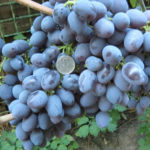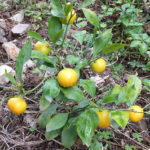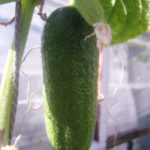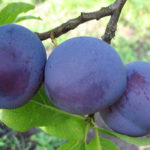Reproduction of remontant raspberries by cuttings
Raspberry is one of the most popular berry crops. All its existing varieties are divided into two groups: non-repairable and remontant. The former bear fruit once a season, while the latter produce two crops.

Repaired varieties are capable of producing fruits both on two-year-old shoots and on annual ones. Obviously, due to this feature, such varieties are more productive. However, at present, among gardeners, the tendency to grow them in an annual culture is relevant, which implies the removal of two-year shoots - and this has its own reason. The fact is that an early harvest on the shoots of the second year weakens the bush, due to which there is a delay in the ripening of berries on one-year shoots. When growing remontant raspberries in an annual crop, the crop is harvested at the end of summer. Of course, you can get two crops, but this will require additional costs (regular feeding with organic fertilizers, watering). Which growing method to choose - intensive or extensive - every grower is free to choose for himself.
Traditionally, raspberries are propagated by separating root suckers, which is most important for conventional (non-repaired) varieties. Unlike ordinary ones, remontant ones do not form a large number of root suckers. On the one hand, this feature makes it easier to care for the plantings, and on the other hand, the problem of accelerated reproduction arises. To solve this problem, experienced gardeners resort to cuttings.
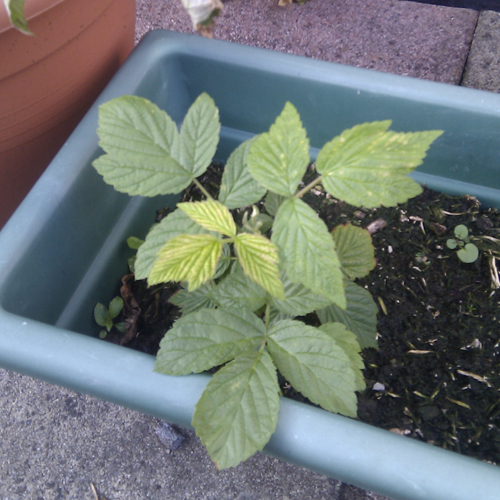
Layout and care of the mother liquor
So, you decided to quickly multiply the valuable raspberry variety of the remontant group, what is needed for this?
- Site selection and preparation. Raspberries prefer well-heated and sufficiently lit areas. Before planting, it is recommended to add a mixture of humus and garden soil with the addition of phosphorus-potassium fertilizer to the hole.
- Layout of the mother liquor. The area of plant nutrition is of no small importance in the reproduction of raspberries. To ensure an optimal feeding area, it is recommended to maintain a standing density (distance between bushes) of at least 70 cm, and between rows - from one and a half meters. If, in addition to reproduction, it is planned to get a harvest, then you can leave 5-7 (but no more) shoots of the first year, on which the berries will ripen. Excess shoots are cut off at the end of spring.
- Agrotechnical measures. In order to accelerate the reproduction of raspberry varieties of the remontant group, it is recommended to resort to simple agrotechnical methods. In the fall (for the 2nd - 3rd year), remove a part of the bush (in the center) with a diameter of about 20-30 cm - in the spring new root suckers will grow in this place.

Reproduction of raspberries by green cuttings
Cutting remontant raspberries has its own characteristics. Unlike other crops, for example, currants, raspberries are not able to form callus on shoots, so the planting material should have a small piece of root.
In early spring, as soon as the offspring begin to germinate, it is necessary to carefully remove the soil layer and divide the root into segments (according to the number of awakened shoots). The separated sections are dug out with a clod of earth and transplanted into the "school" for further growing. Cuttings can be carried out throughout the spring and even in summer, as the root suckers appear. Cuttings take root most well, in which the aerial part does not exceed 5-7 cm.
Growing cuttings
For the "school" it is necessary to choose a well-lit and warm place. The soil mixture must retain moisture well (without stagnant water), and also provide reliable air exchange.Excellent results are obtained when composing a soil mixture in a combination of garden soil with humus, vermiculite and coconut fiber. Garden soil and humus provide growing plants with the necessary nutrients, while vermiculite and coconut fiber retain moisture, providing optimal conditions for plant development. The ratio of garden soil, humus and vermiculite (coconut fiber) can be selected in the range of 2: 1: 0.5.
Rooting of cuttings usually takes place within 2 weeks. Before rooting, it is recommended to cover the “school” with a nonwoven material such as spunbond (lutrasil, etc.). Excellent results are obtained when equipping a greenhouse with a drip irrigation system, and even better - a combination with a fogging installation.
Rooted cuttings can be planted in a permanent place as early as next spring.
